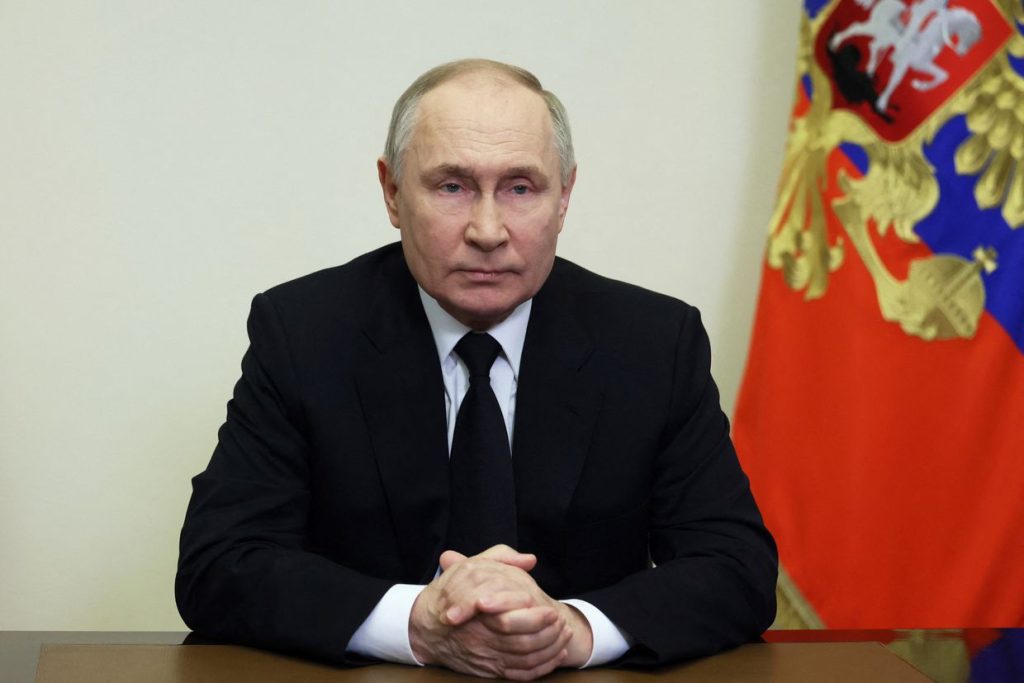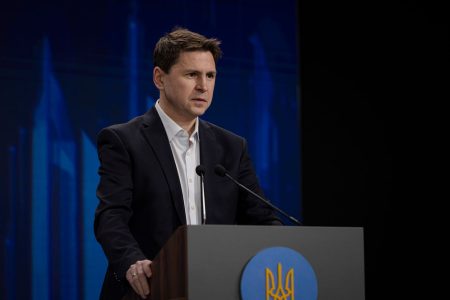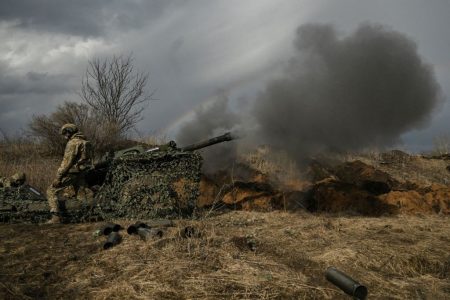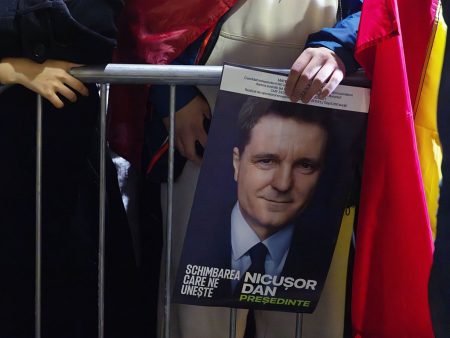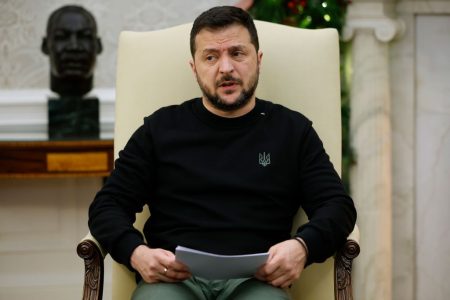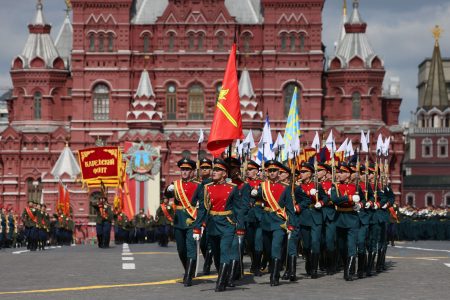key Russian oil infrastructure, with some strikes targeting refineries just 250 miles east of Moscow. These attacks have forced Russian refineries to shut down approximately 14% of their capacity in the first quarter. The Financial Times reported in March that the U.S. warned Ukraine to stop attacking these Russian oil refineries due to concerns about potential impacts on global oil prices. However, U.S. Secretary of State Antony Blinken clarified on April 2 that Washington has not supported or enabled strikes by Ukraine outside its territory. Ukrainian President Volodymyr Zelensky defended the targeting of Russian oil and weapons facilities as a legitimate military strategy in self-defense.
The ongoing conflict between Ukraine and Russia has also seen aggressive moves from both sides targeting critical infrastructure. Russian President Vladimir Putin justified large-scale strikes against Ukraine’s energy infrastructure as a response to attacks on Russian energy facilities. Over the past month, Russian forces reportedly launched over 400 missiles, 600 drones, and 3,000 guided aerial bombs, causing significant damage to thermal power plants in Ukraine. The Trypillia plant, a major electricity supplier to several regions, was among those destroyed. Putin described these attacks as part of a “demilitarization” process aimed at impacting Ukraine’s defense industrial complex. The strikes have hit energy facilities in various Ukrainian regions, highlighting the severity of the situation.
While Russian forces have been targeting Ukraine’s energy infrastructure, Ukrainian drones have been striking back against Russian oil infrastructure. Reports indicate that Ukrainian drones successfully hit 12 Russian oil refineries located deep inside Russian territory as of March 17. These attacks have led to the closure of around 14% of Russian refinery capacity in the first quarter. Despite warnings from the U.S. about potential impacts on global oil prices, Ukraine’s President Zelensky defended these actions as a necessary part of the country’s self-defense strategy. The conflict has escalated with both sides engaging in attacks on critical infrastructure in an attempt to gain an advantage on the battlefield.
The military tactics employed by Ukraine in targeting Russian oil refineries represent a strategic move to weaken Russia’s capabilities and disrupt its operations. By hitting key infrastructure within Russian territory, Ukraine aims to diminish the enemy’s capacity to sustain its military efforts and limit its ability to continue the conflict. These drone strikes on Russian oil facilities underscore the complexity of the conflict and the efforts of both sides to gain a tactical advantage. As the situation continues to evolve, it is clear that both Ukraine and Russia are employing various tactics to advance their interests and push towards their respective objectives in the ongoing conflict.
The clashes between Ukraine and Russia involve not only traditional military engagements but also cyber warfare and attacks on critical infrastructure. Both sides have shown a willingness to target essential facilities like power plants and oil refineries in an attempt to weaken the adversary’s capabilities and assert their dominance. The conflict has escalated with strikes on energy infrastructure playing a crucial role in the ongoing confrontation. Russian attacks on Ukrainian energy facilities and Ukrainian drone strikes on Russian oil refineries highlight the strategic importance of critical infrastructure in modern warfare and underscore the intensity of the conflict between the two nations.
The situation in Ukraine remains volatile and complex, with ongoing military actions and attacks on critical infrastructure shaping the course of the conflict. The clashes between Ukrainian and Russian forces have intensified, with strikes on energy facilities and oil refineries playing a significant role in the conflict dynamics. As both sides continue to engage in military operations and strategic strikes, the humanitarian and geopolitical consequences of the conflict persist. The international community closely watches the developments in Ukraine, and support for independent journalism and understanding the nuances of the conflict are crucial in the fight for peace and justice in the region. By shedding light on the intricacies of the conflict and the strategic moves of the involved parties, the global community can work towards a resolution and support the people of Ukraine in their struggle for sovereignty and security.









